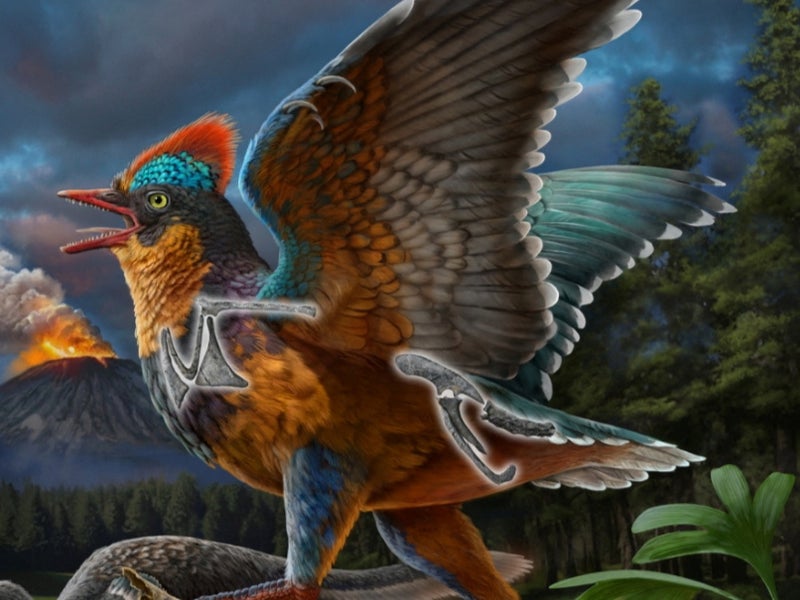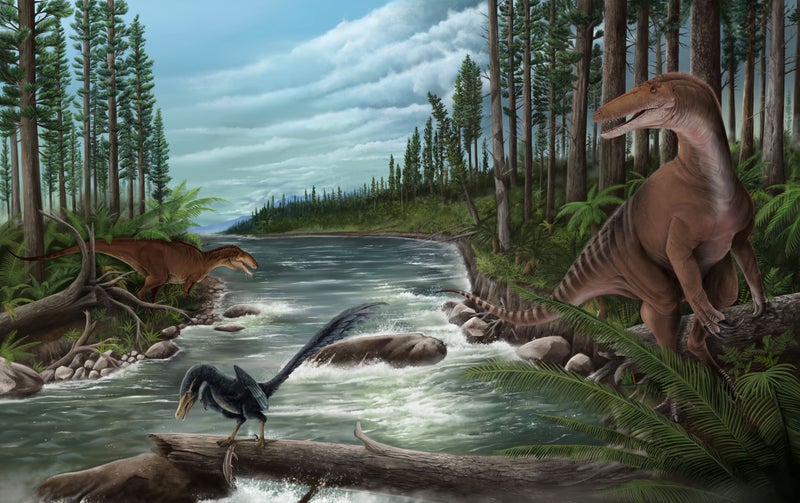“This fossil (Baminornis) indicates that Jurassic birds probably already had a global distribution and were much more diversified than previously thought,” said paleontologist and study co-author Zhonghe Zhou of the Institute of Vertebrate Paleontology and Paleoanthropology in China.
Based on the new discovery, the first birds arose 172-164 million years ago, millions of years earlier than previously believed, according to paleontologist Min Wang of the Institute of Vertebrate Paleontology and Paleoanthropology of the Chinese Academy of Sciences, lead author of the study published on Wednesday in the journal Nature.
However, despite their shared antiquity, Baminornis, measuring about six inches long, exhibits significantly more advanced anatomical features and superior flight capabilities compared to the crow-sized Archaeopteryx, a creature often described as a transitional form between reptiles and birds.
“Baminornis zhenghensis looks more like modern birds than Archaeopteryx,” Wang said, calling its discovery “a landmark to me and other evolutionary biologists.”.
The researchers found during the same fieldwork a solitary wishbone that was more advanced than that of Archaeopteryx and dating to the same time as Baminornis, but apparently belonging to yet another early bird species.































